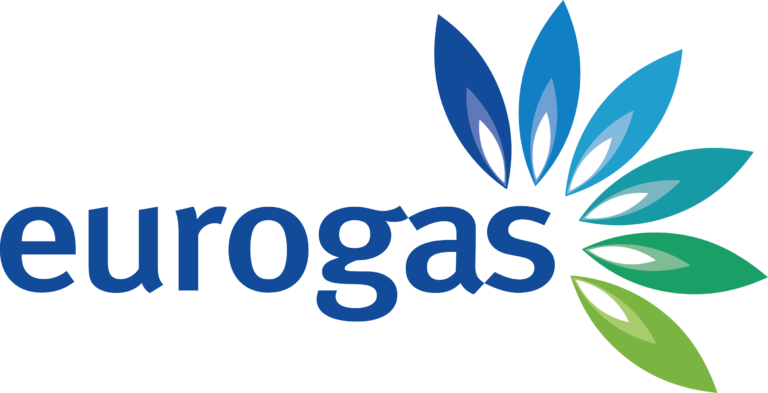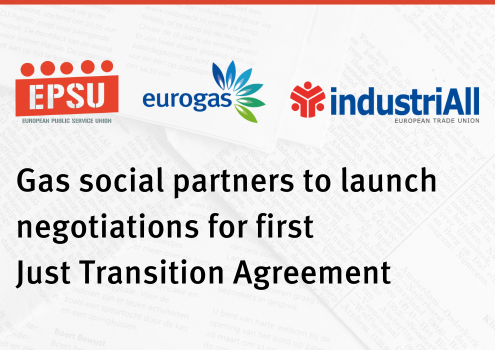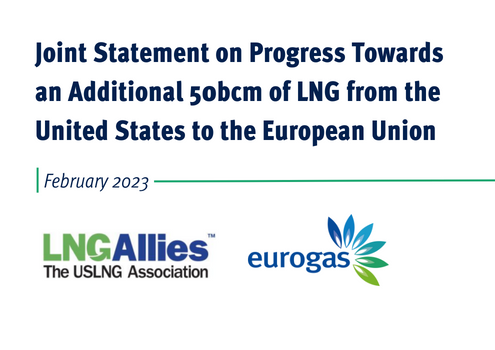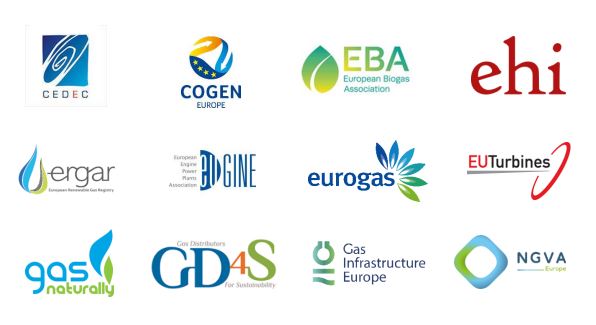The challenge of decarbonising the building sector is manifold, from the production of materials needed for the construction of buildings to the energy needed to heat or cool them. Eurogas supports all initiatives looking into the full life cycle emissions of buildings to increase their energy efficiency and reduce GHG emissions.
Europe does not start from zero: the building sector has contributed to nearly half of the emission reductions in the non-ETS sectors since 1990 in the EU* and efficient gas heating has contributed greatly to this reduction. While this trend is encouraging, much more can be done on the pathway to climate neutrality. With nearly 80% of the current building stock likely to be around by 2050, the European Union should especially help Member States ramp up the energy efficiency and energy performance of existing buildings in a cost-efficient way while decreasing the GHG emissions stemming from the sector.
Better foundations: improving the sustainability of materials
A significant part of the demand for energy-intensive materials (e.g. cement, steel, ceramics) comes from the building sector. As large-scale renovation of the building stock is a priority, it has become crucial to decarbonise the production of construction materials. High-level studies** show that circularity, a switch to cleaner energy sources and carbon capture are needed to fully decarbonise energy-intensive activities. More importantly, they show the importance of keeping technology options open for industries to choose the most cost-efficient solutions. The competitiveness of European industry is at stake.
Gaseous solutions (natural, renewable and decarbonised) are the most promising solutions to tackle ‘hard to abate’ emissions quickly. To achieve carbon neutrality, it is crucial to support the development and market uptake of renewable and decarbonised gases. Targets for renewable and decarbonised gases, and active support for the development and market uptake of sustainable technologies will help the European building sector get access to sustainable and affordable energy solutions.
Better design: improving the energy performance of buildings in a cost-efficient way
Heating is at the core of the energy efficiency of buildings: it accounts for a third of the EU GHG emissions and half of the final energy demand*** Energy poor households are faced with double jeopardy: in Poland, half of the housing stock is still heated with coal**** while the renovation rate remains below 1%*****.
Increasing the energy performance of buildings require major investments which generally only pay pack over time. In this respect, Member States are faced with very difficult challenges. While some countries have high renovation rates and highly performing buildings, others struggle with poorly insulated buildings, inefficient heating and high rates of energy poverty.
It is therefore vital to offer realistic heating alternatives to all households. Replacing inefficient heating with condensing gas boilers can bring the energy demand and the GHG emissions down****** at a significantly lower cost than other alternatives. Additionally, condensing gas boilers are future-proof: they can run with biomethane and recent tests show that they can accommodate up to 20% hydrogen*******. Bans on gas connection in buildings deprive energy poor households from affordable and efficient heating options. They also hinder the development of a market for renewable and decarbonised gases, which will help bring down emissions from construction materials, as well as from final energy use.
The renovation wave announced by the European Commission has potential to support the achievement of energy efficiency and energy performance targets, but to bring outthe full potential of these measures, it is important that this policy initiative supports all efficient solutions. The EU must work with each country to design appropriate incentives and ensure that no one is left behind.
Better habits: incentivising responsible energy consumption
Another challenge of the building sector lies in the behavioural changes needed for energy efficiency measures (market incentives, energy management tools) to reach their full potential.
EU measures generally use the lever of market incentives, which should help customers to make informed choices based on transparent and accurate data. In the case of energy labelling of essential products such as space/water heaters and coolers, the EU should ensure that the revised scales represent accurately the GHG emissions stemming from the products and their use. Additionally, market incentives should provide information on energy system costs, to encourage citizens to opt for efficient and sustainable energy solutions that require minimal investments on the energy infrastructure.
Digital energy tools can empower customers to get a better understanding of their consumption and to manage it in a more efficient way. Digitalisation has also supported the development of new innovative services such as hybrid heating systems or Heat-as-a-Service. However, certain conditions must be met for digitalisation to unlock its full potential without generating adverse effects:
- In order for a competitive market for digital management tools to emerge, fair access to data within the conditions of the GDPR, and interoperability between energy products, are key.
- Digital energy management solutions may not lead to additional savings if the information provided to the customers on how to use them is insufficient********.
- ▪ The deployment of such technologies should not lead to exclusion or additional vulnerability.
Our recommendations
- Remain technology neutral to ensure cost-efficient solutions: excluding technologies and restricting the use of existing energy infrastructures will slow down or even prevent the emergence of new, sustainable solutions for buildings.
- Support the decarbonisation of construction materials: sustainable buildings start with sustainable materials. Policies like renewable and decarbonised gas targets and support for clean gas technologies and CCUS are key to bringing down the emissions stemming from the production of these materials.
- Energy efficient measures and tools should not exclude vulnerable citizens: it is crucial to design incentive mechanisms that enable all citizens to renovate their homes and upgrade their heating systems. Similarly, the progressive digitalisation of energy should not lead to situations of “digital vulnerability”.
- Ensure that accurate and transparent information is provided: this is important in order to encourage behavioural change and ensure that market incentives translate to effective emission reductions.
*European Environment Agency (2018)
**Material Economics (2019) Industrial Transformation 2050 – Pathways to Net-Zero Emissions from EU Heavy Industry; Agora Energiewende and Wuppertal Institute (2019) Climate-Neutral Industry.
***European Commission, 2019
****Eurostat, 2017
*****BPIE (2018) Financing renovation of buildings in Poland – An overview of public funding allocation for the renovation of buildings in Poland.
******Sedigas, 2014; CEGIBAT, 2019.
*******EHI, 2019
********Enable.EU project conclusions, 2019
Contact | eurogas@eurogas.org | +32 2 894 48 48 | www.eurogas.org | Rue d’Arlon 80, 1040 Brussels
Eurogas is a European gas industry association representing 48 companies and associations engaged in gas wholesale, retail and distribution in Europe.
